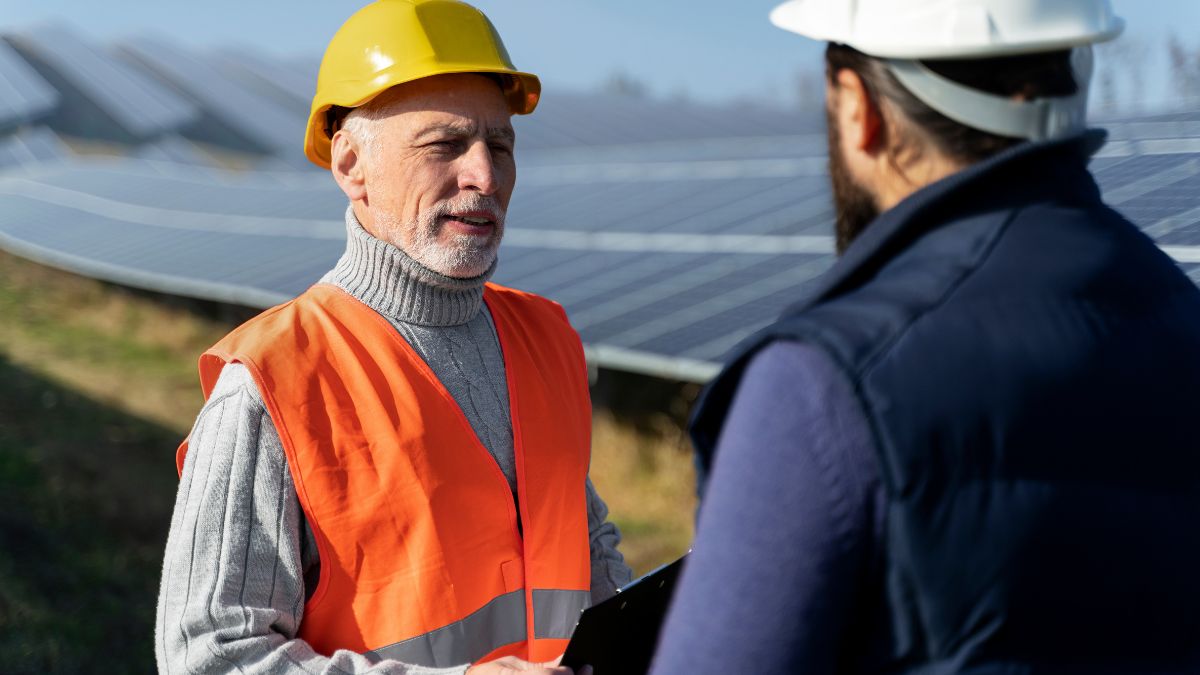The adoption of solar energy has become increasingly popular as homeowners and businesses seek sustainable and cost-effective ways to meet their energy needs. Solar panels convert sunlight into electricity, providing a renewable energy source that reduces dependence on fossil fuels. However, like any technology, solar panels require regular attention to maintain their efficiency and extend their operational lifespan. Understanding the factors that influence their performance and the maintenance practices that support longevity is essential for anyone investing in solar energy. We will explore key considerations for maintaining solar panels, identifying potential issues, and implementing strategies to ensure they continue to deliver reliable energy for many years.
Maintenance Practices and Longevity Factors
1. Regular Cleaning and Dirt Management
Solar panels are exposed to the elements, which means they can accumulate dust, pollen, leaves, and other debris that reduce their efficiency. While rainfall can wash away some debris, it may not remove sticky residues or stubborn dirt that clings to the surface. Regular cleaning, as recommended by North Valley Solar Power, ensures that the panels receive maximum sunlight exposure, directly impacting energy output. Cleaning can be performed using water and a soft brush or cloth to avoid scratching the panels. It’s important to avoid harsh chemicals, as they can damage the protective coatings. Establishing a schedule for cleaning, such as once every few months or after heavy storms, helps maintain consistent performance. Panels installed in dusty or high-pollen regions may require more frequent attention.
2. Inspection for Physical Damage
Even minor physical damage can impact the effectiveness of solar panels. Cracks, chips, or scratches on the surface can allow moisture to penetrate, potentially damaging the internal components and reducing energy efficiency. Regular visual inspections help identify damage early, enabling timely repairs or replacements. Inspections should also include checking for loose mounting hardware or worn seals, which can affect stability and weather resistance. Panels in areas prone to hail, heavy winds, or falling debris may need additional protection, such as protective covers or strategic placement. Ensuring the structural integrity of the panels contributes directly to their overall lifespan and prevents small issues from becoming major problems.
3. Monitoring Electrical Performance
Tracking the performance of solar panels provides valuable insights into their health and efficiency. Energy monitoring systems or inverter readings can reveal fluctuations in output, which may indicate shading issues, connection problems, or component degradation. Identifying performance drops early allows for corrective measures before significant energy loss occurs. Regular monitoring also helps detect malfunctioning panels or issues with wiring and inverters, ensuring that the solar energy system operates optimally. Homeowners and businesses can combine monitoring data with seasonal changes in sunlight to assess panel performance accurately. Maintaining accurate records of energy production over time supports informed decisions regarding system upgrades or maintenance needs.
4. Preventing Shading and Obstructions
Shading is a significant factor that can reduce the energy output of solar panels. Even partial shading from trees, buildings, or other structures can have a disproportionate impact, as solar panels are most efficient when they receive direct sunlight. Regularly trimming nearby trees, repositioning obstacles, or adjusting the angle of panels can help minimize shading effects. Planning panel installation with future growth and potential obstructions in mind can also prevent performance issues. Additionally, debris such as snow or leaves can temporarily block sunlight, so seasonal maintenance is essential to maintain consistent energy generation. Addressing shading proactively supports long-term efficiency and maximizes the return on investment for solar energy systems.
5. Managing Environmental Exposure
Solar panels are designed to withstand various weather conditions, but extreme temperatures, heavy storms, or accumulated snow can stress the materials over time. Regular checks for signs of weather-related wear, such as discoloration, water pooling, or loosened mounts, help maintain durability. Panels installed in coastal regions may experience salt corrosion, while desert environments may face abrasive dust and sand. Protective coatings and regular inspections mitigate these effects, preserving panel longevity. Proper installation practices, including angled mounting and secure anchoring, reduce the risk of damage during adverse weather events. Awareness of local climate conditions and adjusting maintenance routines accordingly ensures panels continue to perform effectively throughout their operational life.
6. Maintaining Inverters and Electrical Components
The inverter is a critical part of a solar energy system, converting the direct current generated by panels into usable alternating current. Regular maintenance of inverters and other electrical components ensures the entire system functions efficiently. This includes checking for loose connections, monitoring for overheating, and ensuring proper ventilation. Dust or debris accumulation within the inverter can impact performance and reduce its lifespan. Scheduling periodic inspections by qualified personnel, combined with monitoring system performance, helps prevent unexpected failures. Ensuring that both panels and associated electrical components are well-maintained supports reliable energy production and prevents disruptions that could affect household or business operations.
Proper maintenance and attention to key factors significantly influence the performance and lifespan of solar panels. By focusing on regular cleaning, inspecting for damage, monitoring electrical output, preventing shading, managing environmental exposure, and maintaining inverters and other components, solar panel owners can ensure their systems deliver consistent, reliable energy. Planning for long-term durability and establishing a routine maintenance schedule enhances efficiency and reduces the risk of unexpected failures. Solar panels represent a long-term investment in sustainable energy, and understanding how to care for them ensures maximum returns over time. With thoughtful maintenance practices, solar panels can continue to provide renewable energy for many years, supporting both environmental goals and energy cost savings.

